Today’s post celebrates some of the highlights from TNOC writing in 2018. These contributions—originating around the world—were one or more of widely read, offering novel points of view, and/or somehow disruptive in a useful way. All 1000+ TNOC essays and roundtables are worthwhile reads, of course, but what follows will give you a taste of 2018’s key and diverse content.
The Nature of Cities advanced in a number of ways in 2018. The number of contributors has grown to over 700, and we published 150+ long-form essays, reviews, and global roundtables.We founded a sister Charity registered in Ireland—The Nature of Cities-Europe—in order to collaborate more with our colleagues in the European Union.
The Stories of the Nature of Cities 2099 prize for Flash Fiction attracted 1200 entries from 116 countries. We awarded seven top prizes (all seven were women, from the U.S., Canada, and India), and in February 2019 we will publish a book of 57 stories from 21 countries. The top story, by the way, is called “Neither Above Nor Below”, by Claire Stanford of Los Angeles. We’ll run a second edition of the prize in 2019, with theme “Set in a City Park”.
We began serious planning for The Nature of Cities Summit, to be held in Paris in June 2019. Join us there for a really innovative meeting focused on transdisciplinarity and collaboration in green cities.
In essays, roundtables, and reviews we continue to seek the frontiers of thought found at the boundaries of urban ecology, community, design, planning, and art. Importantly, we’ve attracted more and more readers: in 2018 we had over a half million readers from 2,500+ cities in 150+ countries.
Thank you. We hope to see you again in 2019.
(Banner photo is by Georgina Avlonitis.)
Donate to TNOC
TNOC is a public charity, a non-profit [501(c)3] organization in the United States. We rely on private contributions and grants to support our work, and to demonstrate grassroots support to our organizational funders. No pay-wall exists in front of TNOC content. So, if you can, please make a donation. Click here to help.
We are also creating a travel scholarship fund for practitioners practitioner and Global South travel to TNOC Summit. If you, please help people get to the Summit, who otherwise might not be able to attend.
Roundtables
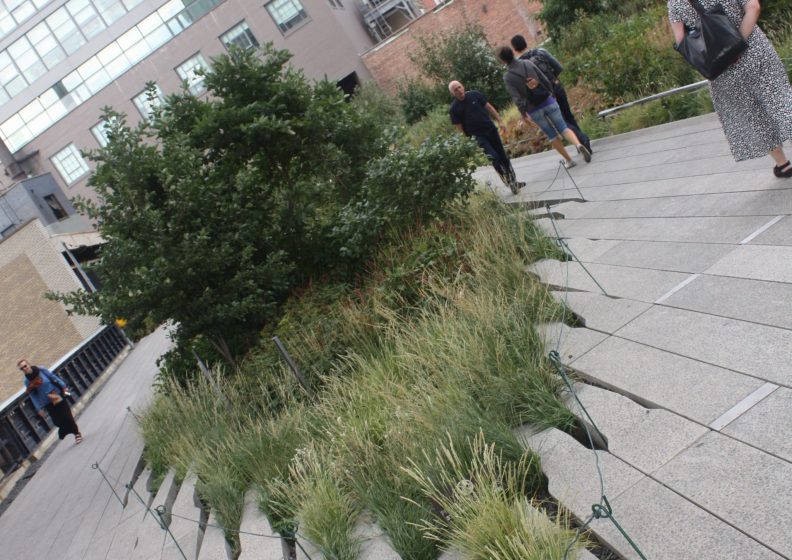
What is one thing every ecologist should know about urban ecology?
In November 2017, Nature Ecology and Evolution published a major review of the field of ecology, titled “100 articles every ecologist should read” (behind a paywall, unfortunately)—a product of an extensive survey of ecologists. In addition to a lack of gender and racial diversity among authors, and its general lack of inclusivity, the list also includes nothing of how urban ecology has contributed to our understanding of our urban planet. So, we asked a diverse group to create a list of some of the most important contributions from urban ecology for advancing the field of ecology. (We asked them to suggest a reading also—a start on a reading list.)
…with contributions from: Pippin Anderson, Cape Town | Erik Andersson, Stockholm | Marc Barra, Paris Nathalie Blanc, Paris | Marcus Collier, Dublin | Paul Downton, Melbourne | Ana Faggi, Buenos Aires | Niki Frantzeskaki, Rotterdam | Dagmar Haase, Berlin | Steven Handel, New Brunswick | Nadja Kabisch, Berlin | Timon McPhearson, New York | Harini Nagendra, Bangalore | Steward Pickett, Poughkeepsie | Philip Silva, New York | Mike Wells, Bath | Weiqi Zhou, Beijing
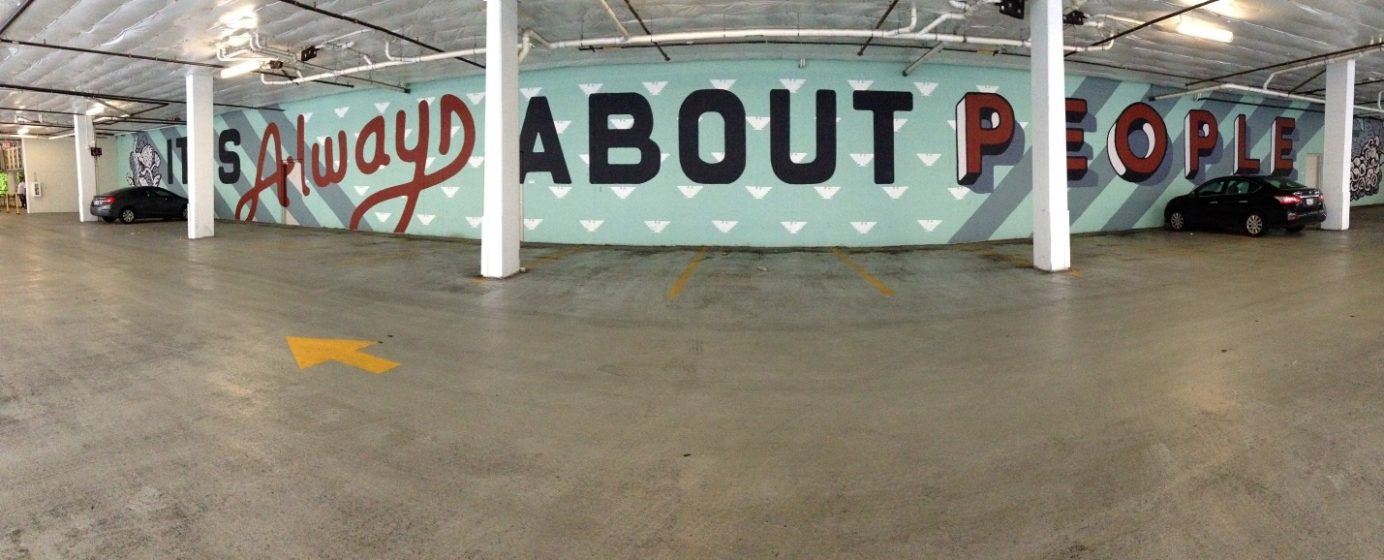
Urban planning (and the city plans that express it) is typically focused on coherently organizing city systems, flows of people and resources, where things are and should be. While parks, green and open spaces are usually part of urban plans (but there are unfortunate exceptions), ecology and ecological processes are on the sidelines. Much of the writing at TNOC addresses the essential ecological and social values that flow from ecosystem services, green spaces, and biodiversity. So, should not a greater ecological sophistication be embedded within urban planning? Should there not be ecologists at the center of urban planning teams in cities? Of course, this requires that ecologists get involved, learn about planning and its methods, and invest in the tradeoffs that are inevitably involved in planning something as complicated as a city. Where are the examples ecology embedded in urban planning? How can it be done?
…with contributions from: Will Allen, Chapel Hill | Juan Azcárate, Bogota | Amy Chomowitz, Portland | Katie Coyne, Austin | Georgina Cullman, New York City | PK Das, Mumbai | David Goode, Bath | Mark Hostetler, Gainesville | Elsa Limasset, Orléans | Ragene Palma, Manila | Diane Pataki, Salt Lake City | Gil Penha-Lopez, Lisbon | Lauren Smalls-Mantey, New York City
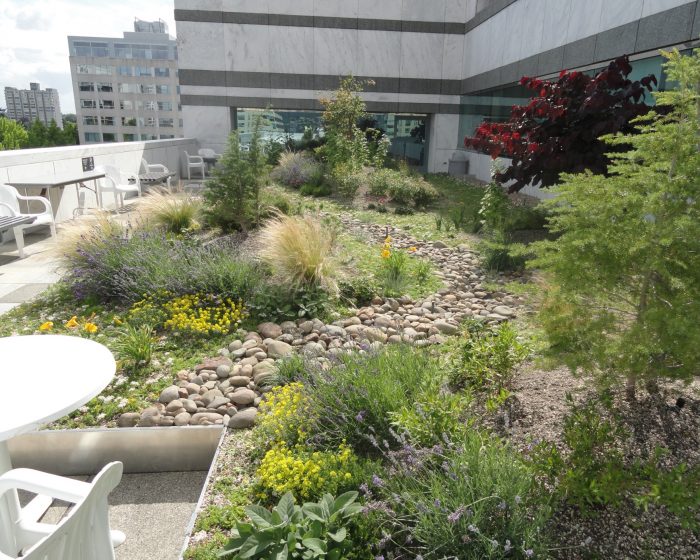
The word biodiversity is one of those words that lives happily in metaphor. But in detail, it is all over the map. Ask 10 people, you’ll get 13 definitions. Even ecologists use diverse definitions, that sometimes make distinctions between native and non-native species, but sometimes not; that alternate between indicating species or ecosystems and their services; and sometimes in the same conversation. And then there is the subtle and not so subtle distinctions between definition, meaning, and action. Landscape architects are the practitioners of biodiversity’s meaning through their acts of shaping nature into “spaces”. They have their hands on definitions of biodiversity that they use in their work, and that we experience in the landscapes their create. But they aren’t necessarily the same definitions as a scientist’s. Or even a regular person’s. So, how do landscape architects view the word “biodiversity”? How does it find meaning in their work?
…with contributions from: Gloria Aponte, Medellín | Ana Luisa Artesi, Buenos Aires | Andrew Grant, Bath | Yun Hye Hwang, Singapore | Maria Ignatieva, Perth | Jason King, Portland | Victoria Marshall, Singapore | Daniel Phillips, Detroit | Mohan Rao, Bangalore | Sylvie Salles, Paris | Kevin Sloan, Dallas/Fort Worth | Diana Wiesner, Bogotá
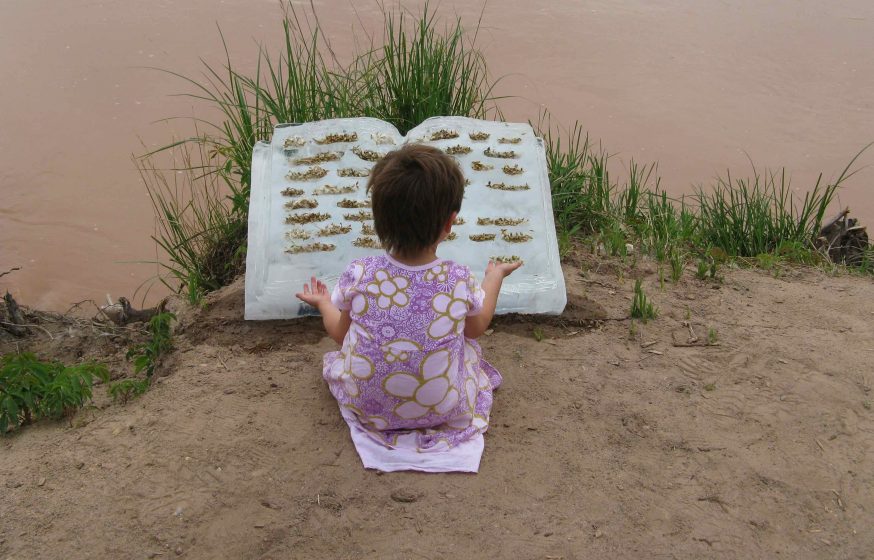 Artists in Conversation with Water in Cities
Artists in Conversation with Water in Cities
For this, our second roundtable in the series “Artists in Conversatuion with…”, we invited eleven artists to present their conversation with water in cities. Coming from seven different countries—Czech Republic, France, Mexico, South Africa, Spain, Turkey, and the United States—these artists inspire our own experiences with water in cities. They engage with water in the shape of fog, rain, ice, restored wetlands, urban rivers and creeks, city fountains, and reclaimed urban spaces. To them, water is an inclusive moving matter that when listened to, can serve as a conduit to larger understandings.
…with contributions from Antonio José García Cano, Murcia | Katrine Claassens, Montreal | Claudia Luna Fuentes, Saltillo | Nazlı Gürlek, Istanbul & Palo Alto | Basia Irland, Albuquerque | Robin Lasser, Oakland | Marguerite Perret, Topeka | Mary Mattingly, New York | Bonnie Ora Sherk, San Francisco | Nadia Vadori-Gauthier, Paris | Aloïs Yang, Prague
Essays
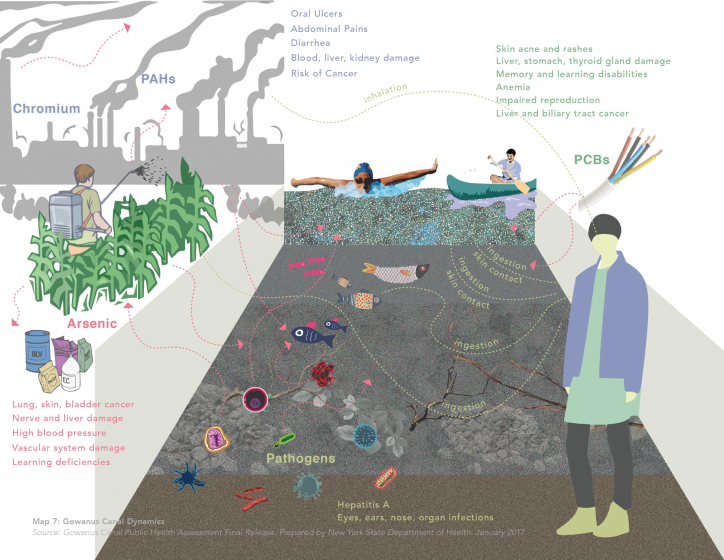 Nature Atlas: Exploring Multi-scalar Methods for Mapping Urban Environments
Nature Atlas: Exploring Multi-scalar Methods for Mapping Urban Environments
Ruchika Lodha and Timon McPhearson, New York
Engagement is the first step toward active acknowledgment, inclusion, and stewardship of the environment. Nature Atlas provides a rich tapestry of options for engaging with urban nature. The purpose of Nature Atlas is to invoke diverse ways of perceiving, understanding, and engaging nature by actively and consciously interacting with our environments through various practices across disciplines, inclinations, expertise, and capacities.
 Neural Networks—A New Model for “The Kind of Problem a City Is”
Neural Networks—A New Model for “The Kind of Problem a City Is”
Mathieu Hélie, Montréal
Jane Jacobs’ final chapter of Death and Life of Great American Cities, titled “The Kind of Problem a City Is”, remains its most misunderstood. The principal ideas of the book have become the mainstream of urban know-how and helped the triumphant turnarounds in the fortunes of American cities, most notably for New York City. But the last idea in the book—that the scientific foundation that is the basis of the planning profession is founded in error—has not had the same impact. The debate over the scientific basis of urban planning was set aside. The non-linearity of neural networks provides a useful illustration of how details can matter in complex systems, but also of the importance of iteration for adaptation. Is it possible for our cities to learn and adapt as neural networks do?
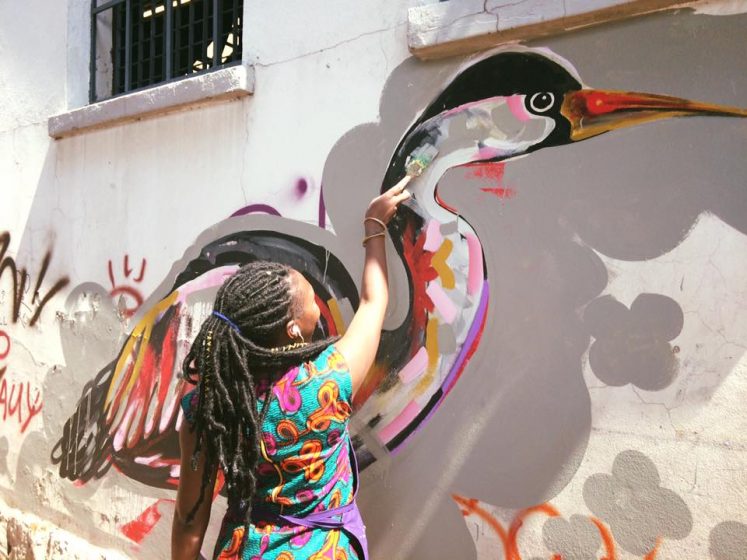
The Nature of Public Art: Connecting People to People and People to Nature
Georgina Avlonitis, Cape Town
Mankind may have left the savannah some million years ago, but the savannah never quite left us. It makes sense that since we co-evolved with nature, our need for it is hardwired into our brains and our genes. Urban nature and public art can help to break down barriers both mental and physical, sparking imaginations, catalyzing placemaking, forging new connections, and bringing people together. In a GreenPop project, disused public corners in two African cities—Livingstone, Zambia and Johannesburg, South Africa—were transformed using public participation, mural art, public seating, sculpture, and indigenous plants into spaces of connection and of conversation around the incredible biodiversity that makes each city so unique and special.
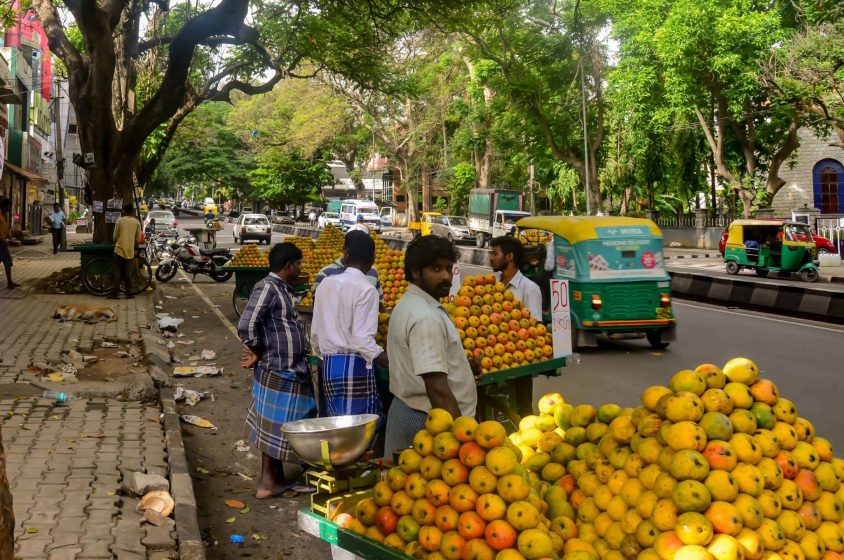
Secular, Sacred, and Domestic—Living with Street Trees in Bangalore
Suri Venkatachalam and Harini Nagendra, Bangalore
In rapidly growing Indian cities, change seems like the only constant. Heritage buildings are torn down, roads widened, lakes and wetlands drained, and parks erased to make way for urban growth. Nature is often the first casualty in a constant drive towards development. Yet the street tree stubbornly survives across Indian cities—beleaguered by gasoline fumes, besieged by construction, but still tenaciously gripping the sidewalk. The lives of street trees are emblematic of the multiple entanglements that characterise the nature-society dialectic animating the ever expanding urban in the global south—entanglements that knit together the past and present, the secular and sacred, and the global and local.
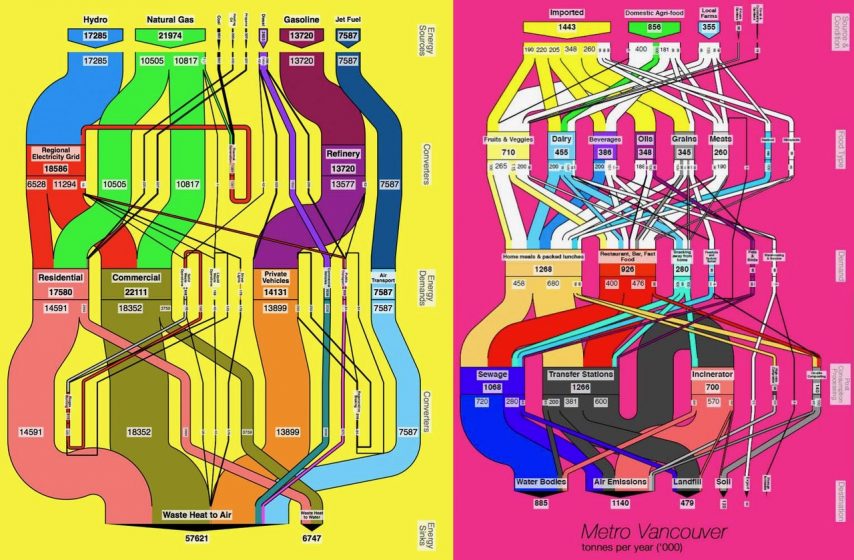
Urban Metabolism: A Real World Model for Visualizing and Co-Creating Healthy Cities
Sven Eberlein, Oakland
Like the human body, cities are living, ever-evolving organisms. Just as diet, exercise, sleep, or laughter can be seen as indicators of our personal physical and emotional well being, the ways in which goods, water, commuters, or food move through the urban ecosystem determines a city’s health and sustainability within larger regional and global natural systems. With citizen-generated maps and diagrams based on real-life conditions and structured around a holistic framework, the patterns that emerge allow for both residents and planners to ask questions that can lead to both local and regional ecological improvements.
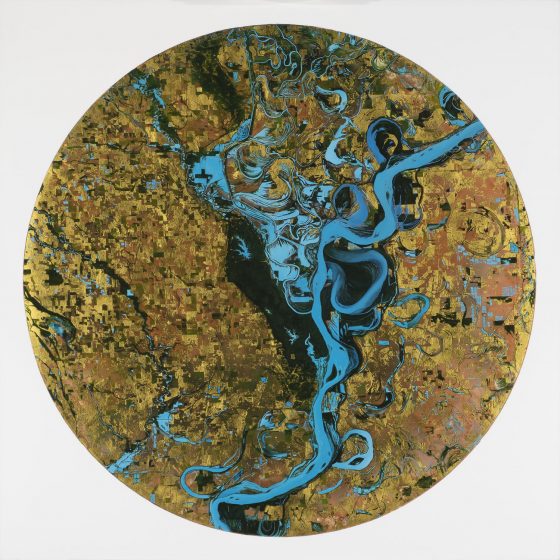 Socioecological Science is Failing Cities. The Humanities Can Help
Socioecological Science is Failing Cities. The Humanities Can Help
Diane Pataki, Salt Lake City
I am very much a practicing research scientist and not a humanist, but sometimes our traditional methods simply fall short of the questions that need to be answered. When it comes to the intersection between ecological processes, the built environment, and the experience of living in modern cities, this problem is both acute and urgent. If there is a chance that the arts, literature, philosophy, and other humanist disciplines have something to offer our understanding of what urban ecosystems are and can be, then I think we should explore that chance, and quickly.
 The Sheffield Street Tree Massacre: Notes from a Public-Private Partnership Gone Wrong
The Sheffield Street Tree Massacre: Notes from a Public-Private Partnership Gone Wrong
Christine Thuring, Sheffield
Often described as Europe’s greenest city, Sheffield is reputed to have more trees per capita than any other, with over 100,000 trees spread across parks and open spaces, 10.4 percent woodland by area, and approximately 36,000 street trees. However, a public-private partnership is dramatically altering Sheffield’s urban forest. Sheffield exemplifies the worst-case scenario when private companies are contracted to finance and deliver public goods, and a noteworthy example of creative and resilient community activism.
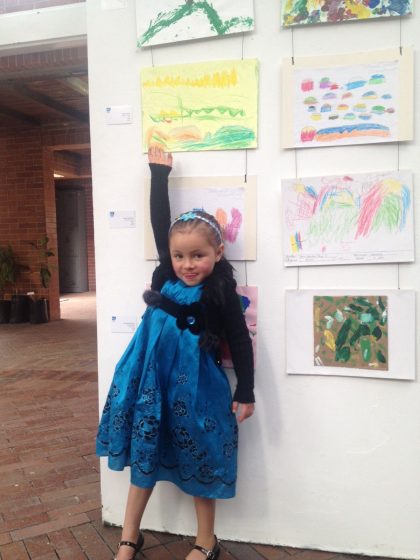
Hearing from the Future of Cities
Diana Wiesner, Bogotá
What happens when we “freeze” the landscape on pieces of paper? To find the answer, for the past eight years our foundation, Fundación Cerros de Bogotá, has been inviting children from Bogota and the surrounding region to paper our walls with their landscape drawings. (Bogotá is a humid tropical city located at 8,700 feet above sea level, on a highland plateau in the eastern range of the Andes.) Last year alone, children from diverse backgrounds sent us more than 2,000 drawings of Bogotá’s mountains and their surroundings. In pondering all of these children’s drawings and listening to their stories about their interests, we began to realize that these children would be our greatest allies in bringing about the changes we have been dreaming about.
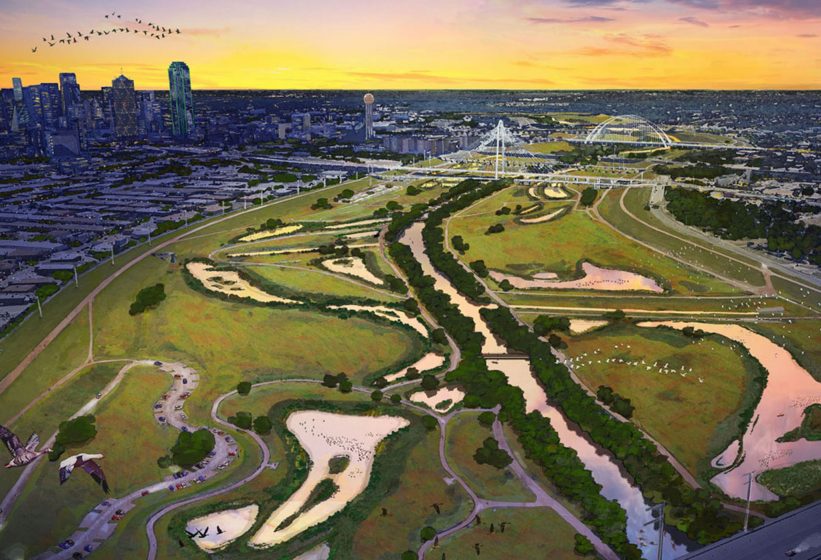 Three Case Studies in Re-wilding: Models and Methods for Other Cities to Consider
Three Case Studies in Re-wilding: Models and Methods for Other Cities to Consider
Kevin Sloan, Dallas-Fort Worth
Re-wilding is a new area of interest in landscape architecture concerned with making landscapes that are as close to the original ecology of a place as possible. Not limited to only planting installations, re-wilded landscapes can also exist to attract, reconstitute and/or re-introduce wildlife to heighten biodiversity. Re-wilding beckons landscape architects to embrace a logical next step…to release artistic conceits altogether and replace them with the actual landscape type naturally intended, as much as is realistically possible.
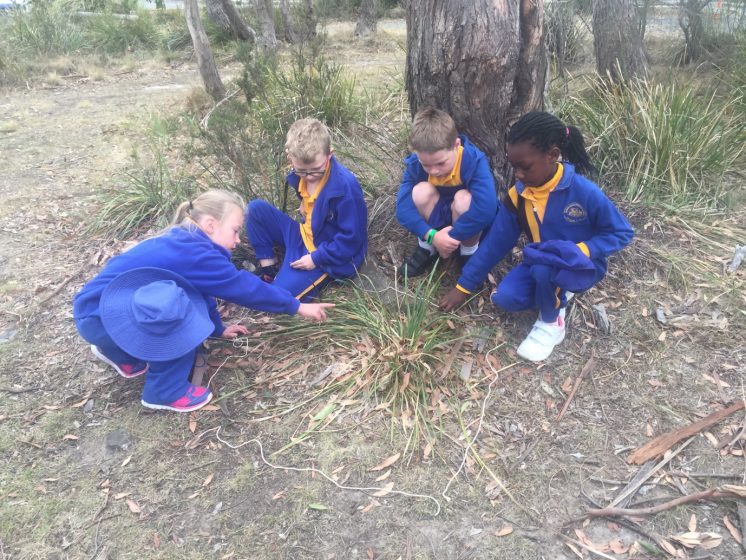 A Sense of Wonder: The Missing Ingredient to a Long-Term Value for Nature?
A Sense of Wonder: The Missing Ingredient to a Long-Term Value for Nature?
Bronwyn Cumbo, Sydney; and Marthe Derkzen, Amsterdam
What are the types of childhood experiences that instil a lifelong value for nature and promote stewardship behaviour later in life? It turns out that the sense of wonder that children experience in nature is a crucial factor. Over 60 percent of children around the globe live in cities where they face substantial barriers to regular and direct experience of nature. In addition to the numerous implications the absence of nature-based experiences has for the health and development of children, an increasing proportion of children are exhibiting a limited understanding of common plants and animals, as well as a biophobia (“fear” or ambivalence) towards the natural world.
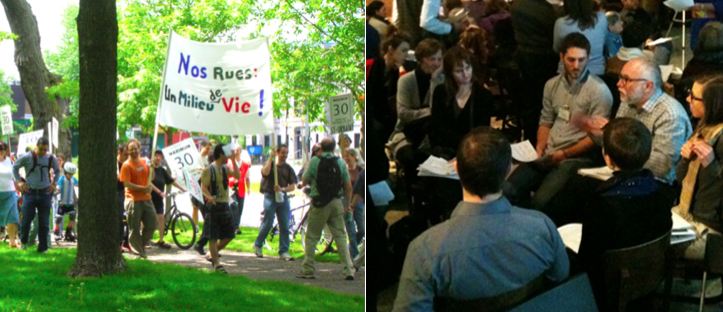 Civic Coproduction = Counterinstitutions + People: Make Participation Work by Focusing on the Possible
Civic Coproduction = Counterinstitutions + People: Make Participation Work by Focusing on the Possible
Nik Luka, Montreal and Uppsala
Conventional wisdom tells us that deliberative democracy works best at local scales thanks to superior and immediate access to decision-makers, the tightness of feedback loops for citizens, deciders, and third parties (expressed by the notion that disgruntled citizens will “vote with their feet”), and the importance of local places to self-identity. But where it is presumably easiest to engage in deliberative democracy, it also seems most challenging. Even when full-blown deliberative democracy is not possible in complex societies, we can strive for a more modest goal: “civic coproduction”, which concerns the many grassroots initiatives that we now see in cities and landscapes. Even where the complex needs and desires of diverse publics must be conjugated with scarce resources, people and civil society are participating and making a difference.
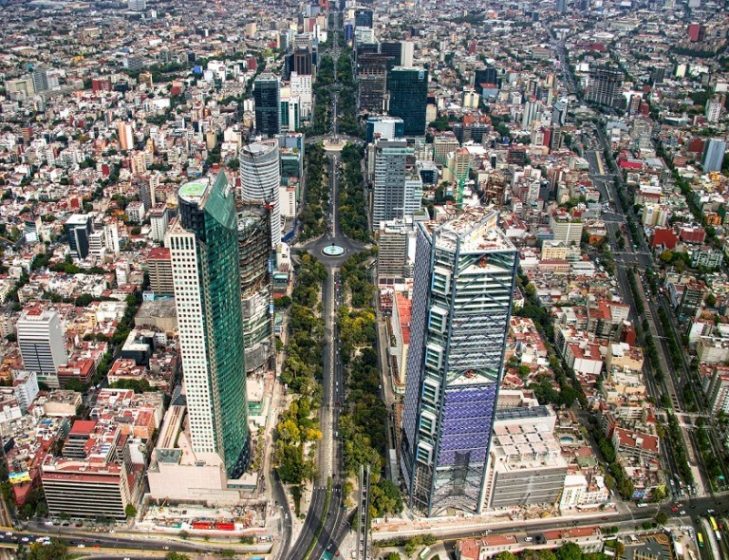 Earthquakes, Constitutions, Urban Planning and Social Change: Lessons and Controversies from Mexico
Earthquakes, Constitutions, Urban Planning and Social Change: Lessons and Controversies from Mexico
Lorena Zárate, Mexico City
For better or worse, 2017 was a historic year for both Mexico and Mexico City. This can be summed up in two numbers: 100 and 32. The first number celebrates the one hundredth anniversary of Mexico’s Constitution, approved on 5 February 1917, and renowned as the first Constitution in the world to incorporate social rights. The second number, 32, marks the remembrance of the deadly earthquake that killed more than 30,000 people and devastated Mexico City on 19 September 1985. Two very different anniversaries, of course. One, but distant and hardly provoking any popular emotion; the other one random and unforeseen, but still very present in the memories of at least three generations. Struggles for spatial justice, human rights, and democracy are interconnected and have a long history in Mexico City. As the previous official slogan claimed, this is a “City in Movement”. So let’s get inspired and keep going.
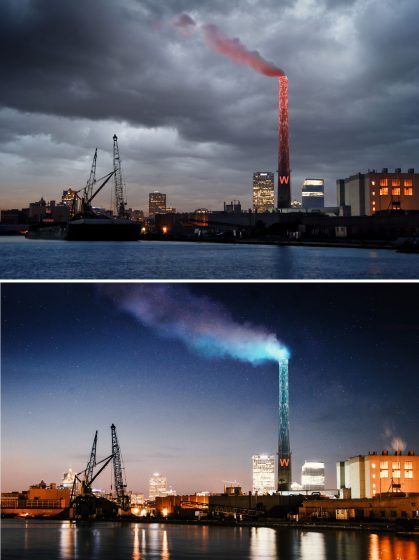
Water Marks: An Atlas of Water for the City of Milwaukee
Mary Miss, New York
As an artist, having the opportunity to develop a project at the scale of a city has been a remarkable experience. WaterMarks has grown out of a three-year engagement with the city of Milwaukee. City government, academic institutions, and many nonprofits have been essential contributors to the development of this urban-scaled project.
Focusing on water, the project has three important goals in mind: address environmental issues as a gateway to sustainable development; engage communities as active partners; help identify Milwaukee as a global water center.
Call and response as a means of dialogue: Physical interventions call out some aspect of the natural systems and infrastructure and, through community engagement activities, the people of Milwaukee respond to and activate the sites.
Reviews
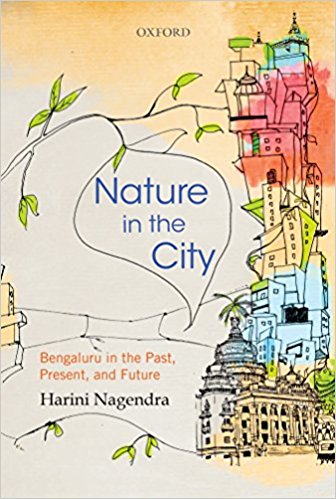 A Bengaluru that Endures in Essence, Yet Constantly Transforms
A Bengaluru that Endures in Essence, Yet Constantly Transforms
Pippin Anderson, Cape Town
In her book Nature in the City: Bengaluru in the Past, Present, and Future (OUP, 2016), Harini Nagendra suggests we draw on the “cultural imagination and capacity for coexistence” demonstrated through the long history of the city of Bengaluru as we strive for sustainable and resilient modern cities. This call for considered and creative action is an appropriate directive in an age of rapid and dynamic urbanization. Her book is fascinating in that it simultaneously meets the directive of contemporary urban ecology in addressing the social and the biophysical, and also shares a personal lived experience of a city.
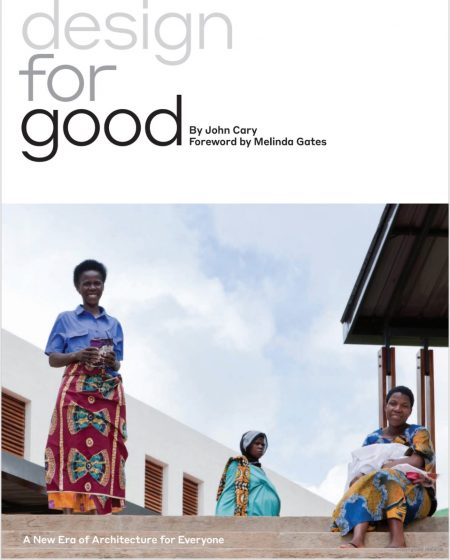 A Hymn for Architecture that is Good for People and Neighborhoods, not Just Buildings
A Hymn for Architecture that is Good for People and Neighborhoods, not Just Buildings
Samarth Das, Mumbai
John Cary’s Design for Good comes at a time when it is so important to re-instill the hope that design brings to people—both designers as well as the people designed for. It sheds a ray of light into the design world by demonstrating how, through incorporating public dialogue and involvement, we can achieve end results that are hugely successful. If two young postgraduate aspirants from MIT have the drive and urge to explore beyond their comfort zones to eventually help communities in Rwanda—as did the MASS Design Group in the case of the Butaro Hospital project—then established professionals in the field can certainly take up the mantle and attempt to do the same.
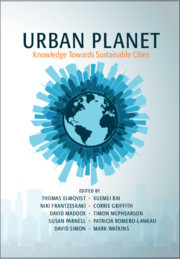 New Integrated and Actionable Urban Knowledge for the Cities We Want and Need
New Integrated and Actionable Urban Knowledge for the Cities We Want and Need
Thomas Elmqvist, Stockholm. Xuemei Bai, Canberra. Niki Frantzeskaki, Rotterdam. Corrie Griffith, Tempe. David Maddox, New York. Timon McPhearson, New York. Sue Parnell, Cape Town. Paty Romero-Lankao, Boulder. David Simon, Gothenburg. Mark Watkins, Phoenix.
Urban Planet draws from diverse intellectual and practice traditions to grapple with the conceptual and operational challenges of urban development for sustainable, resilient, livable, and just cities. The aim is to foster a community of global urban leaders through engaging the emerging science and practice of cities, including critiques of urbanism’s tropes. We hope that ideas about global urbanism that situate the city at the core of the planet’s future will provide pathways for evidence-based interventions to propel ambitious, positive change in policy and practice.

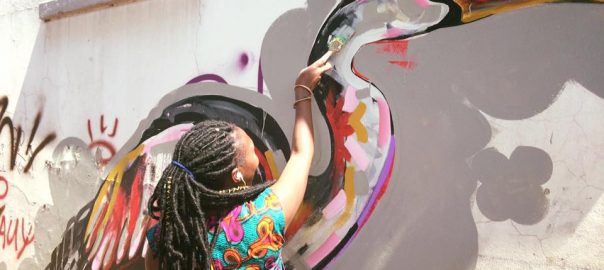







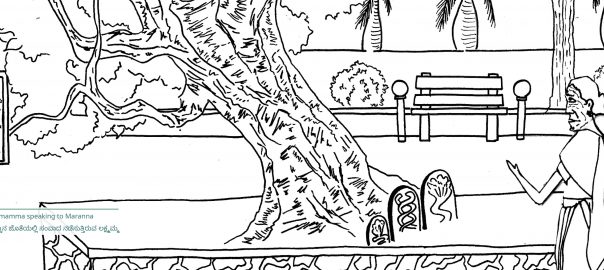
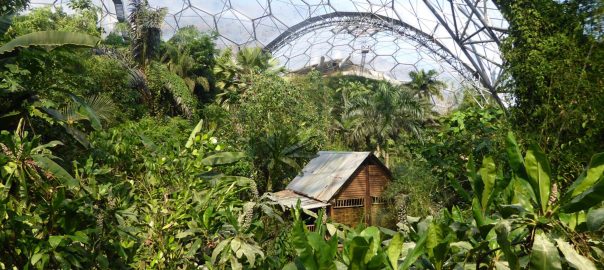
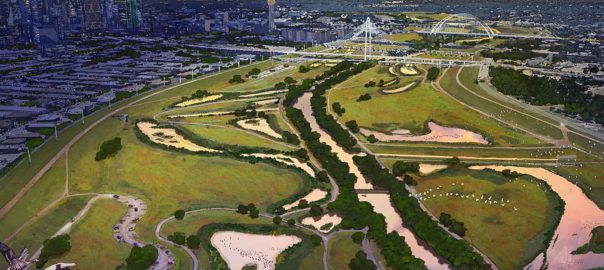
Add a Comment
Join our conversation